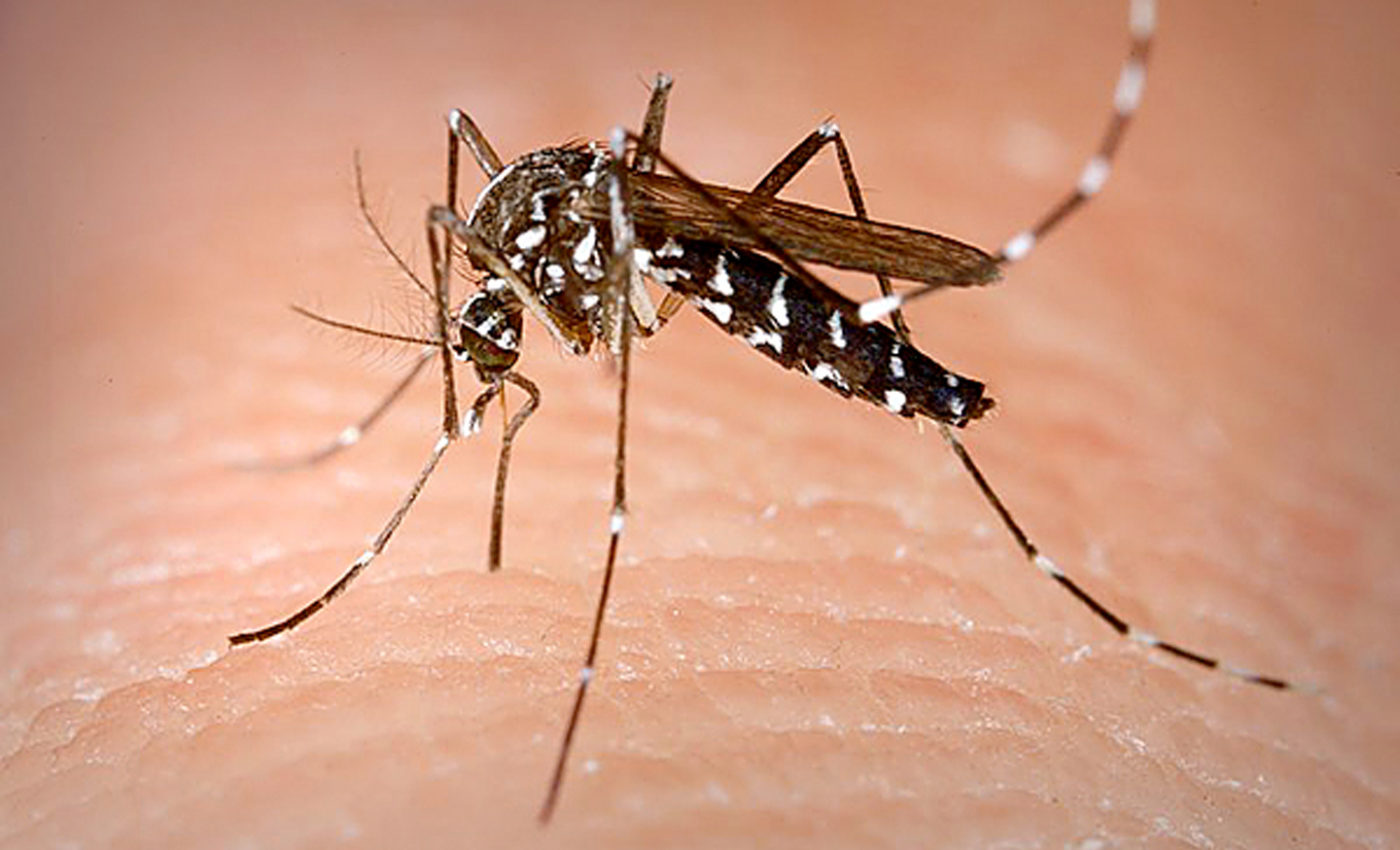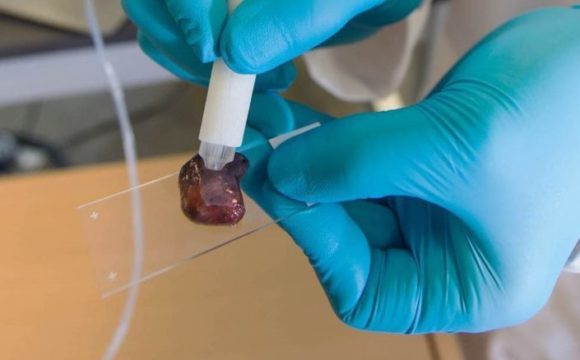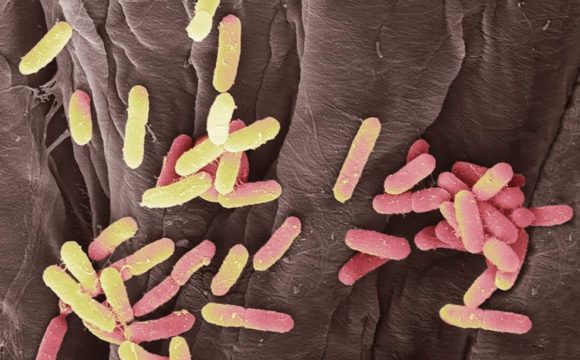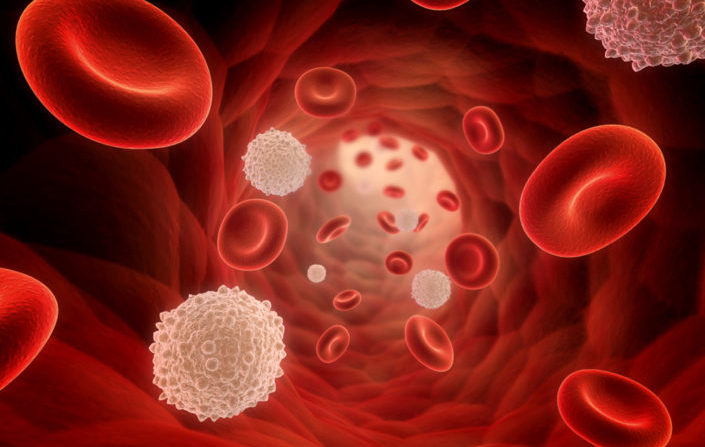The protozoan Plasmodium is responsible for malaria, one of the most devastating diseases around the world, which is very infectious. It is estimated that every year around 200 million people are infected from which over half a million die, including the major cases across Africa and South-East Asia. The malarial parasite has become resistant to many of the drugs used, which makes diagnosis and treatment ineffective.
Traditional methods for the laboratory diagnosis of malaria employ the observation of symptoms combined with microscopic examination of stained blood smears. While microscopic examination is more sensitive than usual rapid diagnostic tests, both may fail to detect young parasitic forms in the early stages of the disease.
Researchers at the Singapore University of Technology and Design (SUTD) have developed a portable and cost-efficient cytometer which performs malaria diagnosis within 30 seconds. This advanced cell-counting device can detect parasitic infections at levels as low as 0.2% and also classify the parasite at different life stages at different magnifications.
(A) Schematic experimental setup of the cytometer. (B) Photograph of the image-based cytometer. (C) An image of the blood smear taken by the cytometer.

(Source: https://doi.org/10.1371/journal.pone.0179161.g001 )
The image-based cytometry method had successfully detected the malarial parasites in the blood and identified them based on the different stages of its life cycle. The researchers have developed an algorithm that can sort the parasite in different stages, based on the pixel size of scanned cells from image. Errors in the analysis were less than 5 %. The equipment is primarily composed of a raised lens and colour camera, which avoids the tedious process of manually counting infected blood cells to determine the percentage of the patient’s red blood cells that are infected with malaria.
However this rapid diagnostic test for malaria is not limited to just detection of the malarial parasite. In their study, the team has also described pharmacologic testing, specifically the quantitative estimation of antimalarials. They measured the quantitative uptake of a few radioactive substances in the presence of drugs to determine the efficiency of the drugs.
“With our current portable cytometer, we are able to detect very low levels of infection from laboratory samples” says Dr Rajesh Chandramohanadas, one of the scientists involved in the study. This tool is not only bulky, but it also functions quicker than the new technique. This malaria cytometer costs around US $600, compared to any high-end commercial flow cytometer, which would typically cost around US $100,000.
This is a non-fluorescent method, which doesn’t require staining or any special preparation of blood smears, and the device can be connected to common laptops to carry out analysis in around 10 seconds per image. This new cytometry technique shows great promise for diagnosis of malaria as well as routine laboratory drug screening. The team is now looking for additional funding to carry out larger trials in the field.
References:
Yang, D., Subramanian, G., Duan, J., Gao, S., Bai, L., Chandramohanadas, R., & Ai, Y. (2017). A portable image-based cytometer for rapid malaria detection and quantification. PloS one, 12(6), e0179161.
http://www.straitstimes.com/singapore/local-team-finds-speedy-test-for-malaria










